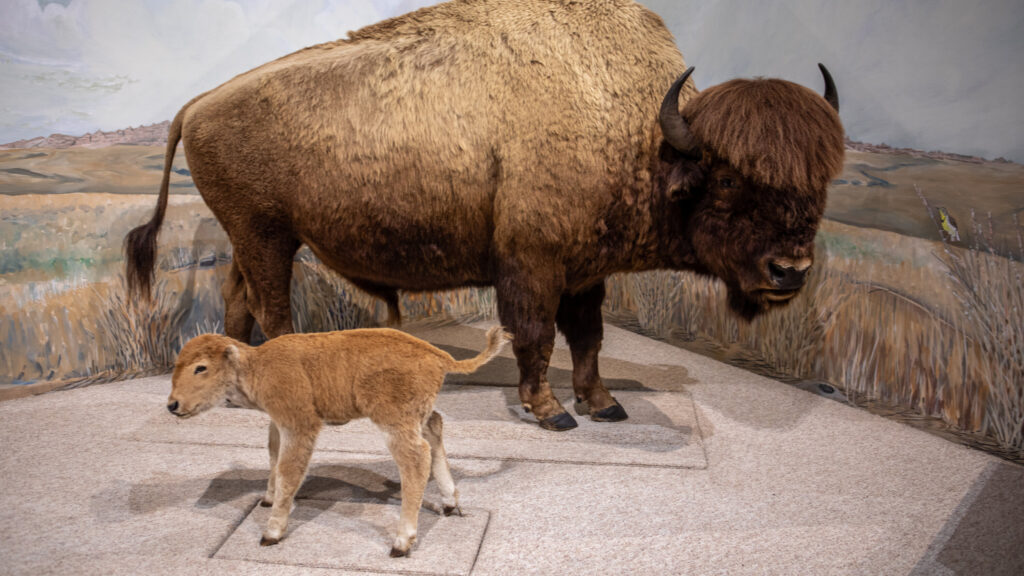Taxidermy, the art of preserving and mounting animal specimens, has long been a fascination for people interested in the natural world. Today, taxidermy plays a significant role in tourism, with museums and tours dedicated to showcasing the beauty and diversity of animals and nature through carefully crafted mounts and exhibits. In this article, we will explore the intersection of taxidermy and tourism, highlighting some of the museums and tours around the world that celebrate animals and nature through the art of taxidermy.
Museum Exhibits
- American Museum of Natural History (AMNH), New York City, USA: The AMNH is one of the largest and most renowned natural history museums in the world, featuring extensive collections of taxidermy mounts, dioramas, and exhibits showcasing the diversity of life on Earth. Visitors can explore exhibits ranging from African savannas to Arctic tundras, encountering lifelike representations of animals in their natural habitats.
- Natural History Museum, London, UK: The Natural History Museum in London is home to an impressive collection of taxidermy specimens, including iconic mounts such as the skeleton of a blue whale and the famous Dodo bird. The museum’s exhibits offer visitors a glimpse into the natural world, from ancient fossils to modern-day mammals, birds, and reptiles.
- Royal Alberta Museum, Edmonton, Canada: The Royal Alberta Museum is dedicated to celebrating the natural and cultural heritage of Alberta, Canada, through immersive exhibits and displays. The museum’s taxidermy collection includes specimens of native wildlife such as grizzly bears, elk, and bison, as well as exotic species from around the world.

Specialized Tours
- Safari Tours, Africa: Safari tours offer visitors the opportunity to experience the beauty and wonder of Africa’s wildlife up close and personal. Guided by experienced wildlife experts, participants can observe animals in their natural habitats, from majestic lions and elephants to graceful giraffes and zebras. Many safari tours also include visits to local conservation centers and wildlife reserves, where visitors can learn about efforts to protect and preserve endangered species.
- Birdwatching Tours, Worldwide: Birdwatching tours cater to bird enthusiasts seeking to explore the diverse avian species found around the world. Led by knowledgeable guides, participants can visit prime birding locations, from tropical rainforests and coastal wetlands to mountainous regions and grasslands. Birdwatching tours offer the chance to observe rare and elusive species in their natural habitats, as well as learn about bird behavior, ecology, and conservation.
- Nature Photography Tours, Various Locations: Nature photography tours cater to photographers of all skill levels who want to capture stunning images of wildlife and landscapes. Led by professional photographers and naturalists, these tours provide opportunities to photograph a wide range of subjects, from iconic mammals and birds to breathtaking scenery and natural wonders. Participants can learn techniques for capturing the perfect shot while immersing themselves in the beauty and tranquility of nature.
Ethical Considerations

While taxidermy museums and tours offer valuable opportunities for education and appreciation of the natural world, it’s important to consider the ethical implications of displaying and interacting with animal specimens. Responsible tourism practices prioritize the well-being of wildlife and habitats, ensuring that activities are conducted in a manner that minimizes disturbance and promotes conservation.
Additionally, it’s essential to support museums and tours that adhere to ethical standards in sourcing and displaying taxidermy specimens. Ethical taxidermy practices prioritize the use of ethically sourced materials, such as specimens obtained from natural deaths or captive breeding programs, and promote conservation awareness and education.
In conclusion, taxidermy museums and tours offer valuable opportunities for people to connect with and learn about the beauty and diversity of animals and nature. By supporting responsible tourism practices and ethical taxidermy initiatives, we can help promote conservation efforts and ensure that future generations can continue to appreciate and enjoy the wonders of the natural world.
